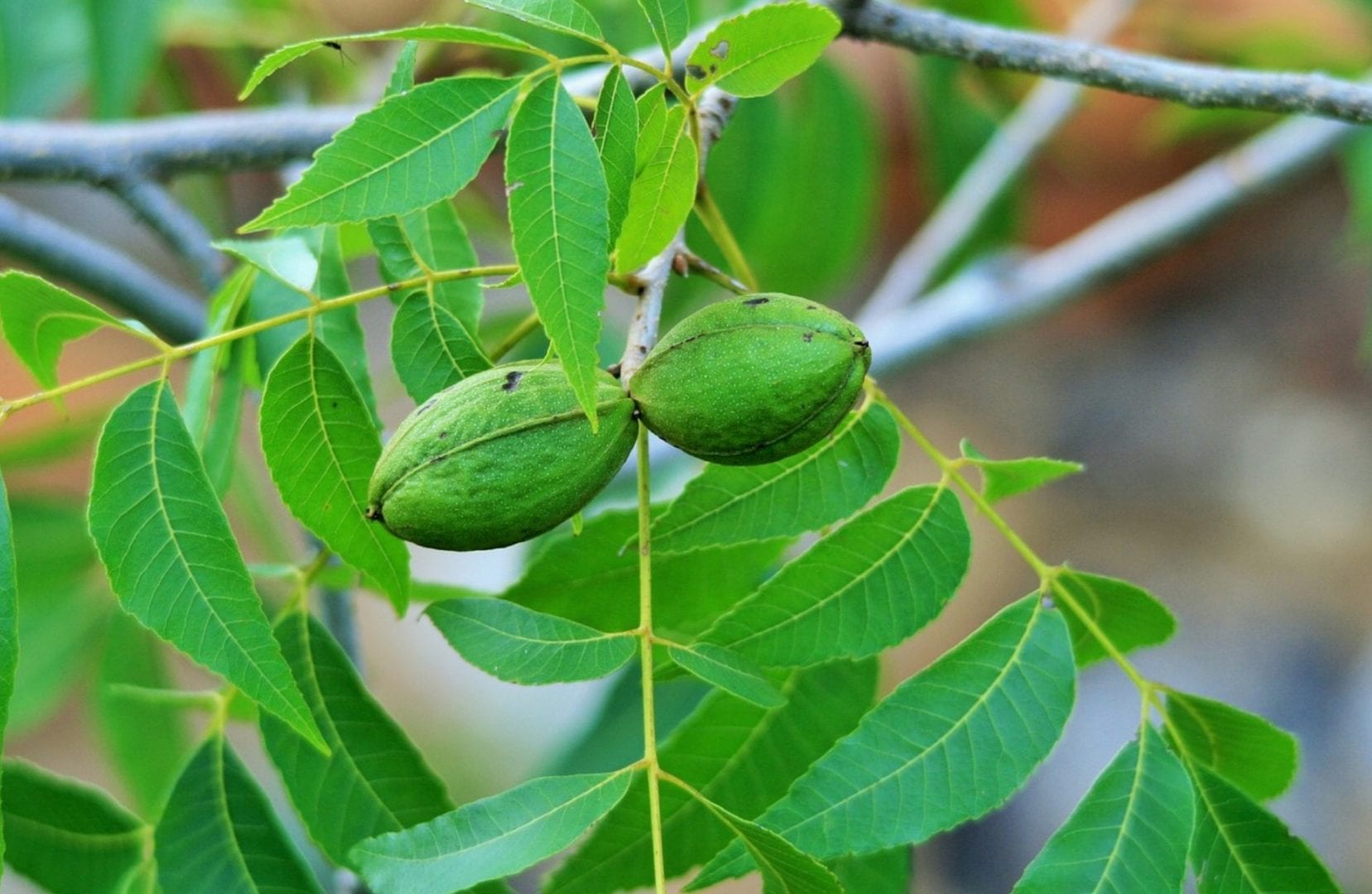Imagine a towering pecan tree, its branches laden with rich, buttery nuts, a testament to nature's bounty. But how does this majestic giant begin its life? The journey from a small, unassuming pecan to a flourishing tree is a testament to patience, care, and the remarkable cycle of life.
Cultivating pecan trees from pecans, while a seemingly simple act, is an intricate dance between nature's design and human intervention. It's a process steeped in history, connecting us to generations past who relied on the pecan for sustenance and shade. This article delves into the world of pecan propagation, exploring the nuances of growing these remarkable trees from seed.
The pecan, a native of North America, holds a significant place in the continent's history. Native American tribes recognized the nutritional value of the pecan, incorporating it into their diets and using its wood for tools and shelter. The practice of planting pecans for future generations became a tradition, a symbol of foresight and stewardship. Today, the pecan remains a cherished nut, enjoyed worldwide for its distinct flavor and versatility.
However, the journey from pecan to tree is not without its challenges. The germination process can be unpredictable, influenced by factors such as seed quality, stratification, and environmental conditions. Successfully cultivating a pecan tree from seed requires understanding these variables and employing techniques that optimize the chances of germination and growth.
Embarking on this horticultural endeavor is not merely about producing a nut-bearing tree; it's about connecting with nature, nurturing a living organism from its nascent stages, and contributing to the ecological tapestry. It's about understanding the delicate balance of the natural world and participating in the perpetuation of a species.
Historically, pecans were a vital food source for Native American tribes and early settlers. They were not only eaten fresh but also ground into flour and used in various dishes. The importance of pecans continued to grow, leading to the development of cultivated varieties with improved nut size and quality.
One of the main issues in cultivating pecan trees from pecans is the long time it takes for the tree to mature and produce nuts. It can take anywhere from 5 to 10 years, or even longer, for a seed-grown pecan tree to bear nuts. This requires patience and dedication from the grower.
Stratification, a process of exposing seeds to cold temperatures, is essential for breaking seed dormancy and promoting germination. This mimics the natural winter conditions that pecans experience in the wild.
Benefits of growing pecans from seed include cost-effectiveness, genetic diversity, and the satisfaction of nurturing a tree from its very beginning. You are selecting for trees adapted to your local environment.
Step-by-step guide:
1. Seed Selection: Choose healthy, undamaged pecans.
2. Stratification: Store pecans in a moist medium in the refrigerator for several weeks.
3. Planting: Plant stratified pecans in well-draining soil.
4. Watering: Keep the soil consistently moist but not waterlogged.
5. Sunlight: Provide ample sunlight.
Advantages and Disadvantages of Growing Pecan Trees from Pecans
| Advantages | Disadvantages |
|---|---|
| Cost-effective | Long maturation time |
| Genetic diversity | Unpredictable nut quality |
| Satisfaction of growing from seed | Higher risk of seedling failure |
Best Practices: Select high-quality seeds, stratify properly, provide adequate sunlight and water, protect from pests and diseases, and prune regularly.
Examples: Success stories of individuals growing pecan trees from seed can be found in gardening forums and community blogs.
Challenges and Solutions: Dealing with pests, diseases, and environmental stressors can be addressed through integrated pest management and appropriate cultural practices.
FAQ: How long does it take for a pecan tree to produce nuts? What are the best pecan varieties to grow from seed? How do I stratify pecan seeds? What type of soil is best for pecan trees?
Tips and Tricks: Soaking pecans in water for 24 hours before stratification can improve germination rates. Planting pecans in a raised bed can improve drainage and soil aeration.
The journey of growing pecan trees from pecans is a rewarding experience, connecting us to the natural world and providing us with a tangible link to the past. From the humble beginnings of a small seed, a majestic tree emerges, bearing witness to the remarkable power of nature and the patient hand of human cultivation. By understanding the nuances of pecan propagation, we not only contribute to the perpetuation of this valuable species but also reap the benefits of its delicious bounty. The satisfaction of nurturing a tree from seed to maturity is a profound experience, fostering a deeper appreciation for the interconnectedness of life. Embrace the challenge, embrace the journey, and plant a pecan seed today – you’ll be planting a legacy for generations to come. The future of our planet depends on our willingness to cultivate and care for the natural world, and what better way to start than with a single pecan?
8 Trees that Bear Nuts with Pictures - Trees By Bike
Growing Pecan Trees from Seed - Trees By Bike
How to Grow and Care for Pecan Trees - Trees By Bike
AM pecan tree recommendations for Texas Best to grow a Type 1 with - Trees By Bike
Pecan Tree Care and Growing Guide - Trees By Bike
growing pecan trees from pecans - Trees By Bike
growing pecan trees from pecans - Trees By Bike
Want High Quality Pecans Choose The Right Soil For Pecan Trees - Trees By Bike
How to Grow Pecan Trees - Trees By Bike
How to Select Pecan Trees in Your Area - Trees By Bike
Ask Clay Test your mettle with this question about pecan trees - Trees By Bike
Growing Pecan Nuts from Seeds A Nutty Adventure - Trees By Bike
How to Grow and Care for Pecan Trees - Trees By Bike
Pin on Butterfly garden - Trees By Bike
Growing Pecans in North Carolina - Trees By Bike




/GettyImages-652134104-bb0d6e9473d94f928e5c158ff05337e5.jpg)









